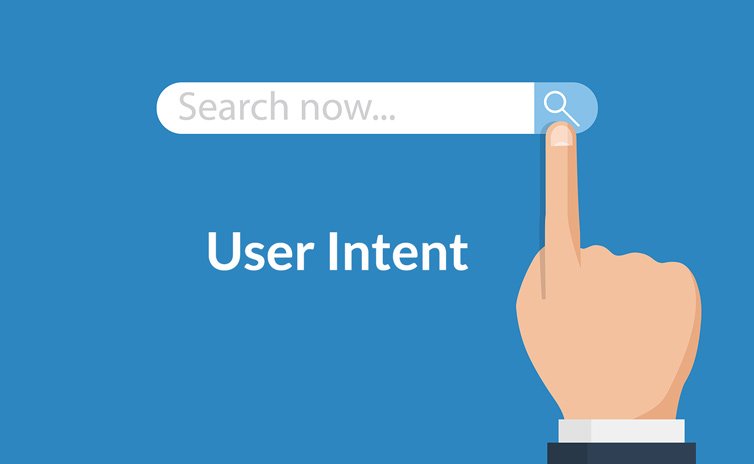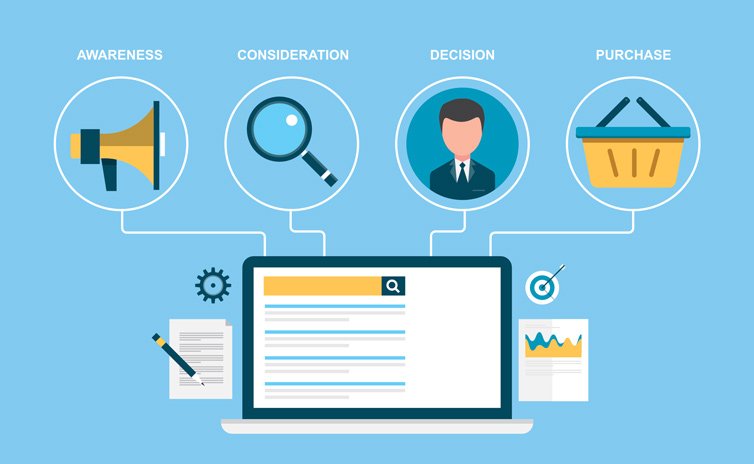Did you know that a prospect is 48% more likely to choose your product or service over a competitor’s if your marketing is targeted towards their specific need?
Or that 90% of internet marketing expert Mark Schaefer’s sales were a result of his user personas?
If your online business was a ship, your user personas would be its captain.
Also known as a buyer persona, a user persona is defined by Shopify as “a fictionalized characterization of your best customer(s) based on information about them and how they use your product or service.”
In other words, by simply creating and marketing with a user persona (or twenty), you have the ability to attract your dream customers to your product or service.
They improve your site’s user experience, help you better understand user intent, increase engagement, and even improve certain search engine optimization KPIs (key performance indicators).
In this blog post, we’ll walk through the five steps to creating an effective user persona and discover how to use them in everything your brand does—from marketing campaigns to customer support calls.
Let’s dive in!
Step 1: Identify and Understand Your Ideal Buyer’s User Intent

The first step in creating your user persona is defining their user intent.
“User intent” refers to the purpose of a person’s search query.
If you’ve ever typed something into Google only to find a search result that didn’t answer your question, that result didn’t meet your user intent.
Understanding your target audience’s user intent is the key to personalizing your content, providing excellent user experience, and even improving your KPIs, specifically bounce rate and keyword rankings.
When a user realizes your content or website isn’t providing the solution they’re looking for, they exit the page to look for another result. This leads to a higher bounce rate, which can significantly impact your rankings in the SERPs (search engine result pages).
So the first question to ask yourself when building user personas is, “What’s my ideal user/customer searching for?”
Break this down even further by asking yourself, “Why is my ideal user searching for this? What kind of solution do they need or want?”
For example, when someone searches for Austin SEO services, I know they’re looking to hire a vendor to help them increase leads from search. I want the page they’re landing on for that query to concisely describe our service, display our reviews, where we’ve been published, case studies, and most importantly, a very clear way to contact us for a free consultation.
Not only will this help you personalize your site, but it’ll also give you better guidance when doing keyword research and content planning. You can use SEMRush’s keyword intent tool to help you with this process.
Step 2: Explore Your Ideal Buyer’s Demographics

Now that you’re crystal-clear on what your user persona wants from you as a “solution provider,” it’s time to figure out who they are.
User personas are built based on preexisting information about either your current users or your ideal users.
In other words, you aren’t “making up” any information about your user persona.
Just like you didn’t make up what your user persona is searching for (or their intent behind those searches), you aren’t going to make up their demographics.
If you aren’t sure about all your user persona’s background information, it’s time to play Sherlock Holmes and do some research.
Find out where your ideal users are hanging out on social media and dig into their demographics.
Hint, hint: this is also where you should be marketing.
Take note of basic information like how old they are, their interests, their current jobs, and anything else you can find out.
If you don’t think this information is a gold mine, think again.
Your user persona’s background is the key to helping you personalize your website’s navigation, the content you produce, what kind of headlines you use, your marketing tactics and so much more.
Step 3: Make a User Persona for Each Marketing Segment

Have more than one ideal customer? Make more than one user persona!
Marketing segmentation is defined by Investopedia as “aggregating prospective buyers into groups or segments with common needs and who respond similarly to a marketing action.”
There’s no such thing as too many user personas. The point is to get crystal-clear on the type of people you want to work with, and if that’s multiple people, having just one persona won’t work.
For example, if you’re an accountant who specializes in doing tax returns for e-commerce businesses, but you also work with start-up solopreneurs, you need one persona for each client type.
These two customers are so different that it doesn’t make sense to put them under the same marketing segment (or persona), and it simply won’t work.
They have different backgrounds, demographics, needs, and budgets.
It’s also important to note that your website should be perfectly aligned with your user personas. If you find that your ideal users are different than your current customers, it’s likely because your website isn’t yet attracting the people you want to work with.
If this is the case, consider changing the type of content you produce or the way your website is presented.
In other words, don’t try to sell meat to a vegan.
If you want to work with companies of over 500 people but most of your clients are small start-ups, there’s a reason why the bigger organizations haven’t purchased your services yet.
Step 4: Know Your Persona’s Needs in Each Stage of the Buyer’s Journey

According to HubSpot, the buyer’s journey is “is the process buyers go through to become aware of, consider and evaluate, and decide to purchase a new product or service.”
If you want to provide real value, build trust, and eventually convert users into buyers, you have to help them through each stage of this cycle.
The buyer’s journey is broken down into three main stages:
- Awareness stage
- Consideration stage
- Decision stage
The awareness stage is when the user realizes they have a problem and begin looking for possible solutions. As a business with an online presence, your goal is to provide the user with the best one.
In the consideration stage, users evaluate their options. They’ve been educated about the problem and are ready to consider different options for solving it. In other words, they’re reading reviews, making a list of products or services to try, and evaluating the pros and cons of each solution provider.
Finally, they reach the decision stage, where the user makes a decision to purchase from one of their options. The goal is for that choice to be you.
Trust isn’t built overnight. You can’t just skip to the end of the cycle. Just like every other successful online business, you must start with the awareness stage.
This means creating content that educates readers, provides them with value, and answers their questions.
Step 5: Give Your Personas Names and Backgrounds

You’ve researched your target buyers, understand their user intent, and formed a strategy to personalize user experience on your site to help them through the buyer’s journey.
Sounds like you’re finished, right?
Wrong!
Your user personas should influence everything you do as a business. Consistency about the way your brand is represented on-and-offline is vital.
Thus, the final step is to give your user persona a name and its own demographics.
For example, “Marketing Mindy” might be 36 years old, has two kids, works remotely, manages a team of 50 people and her goal is to outsource copywriting while her team focuses on monitoring their social media campaigns.
Keeping a list or folder of your personas’ portfolios helps you stay organized and allows for easy reference.
Additionally, each member of your business should be familiar with these personas so they can personalize user experience, marketing, content, and even customer support to them.
Each piece of content you publish, social media campaign you start, and phone call you have should be speaking to the needs of a specific user persona.
User Personas Pave the Way Toward Better, Smarter Marketing
Whether you’re heavily invested in content marketing or find plenty of success from running Facebook ads, having user personas will significantly increase your results.
Not only will they drive home more sales, but they’ll also help you build trust with everyone who visits your site and increase awareness of your brand as you become more and more present online.
Customers know what they want in a company.
But do you know what you want in a customer?

